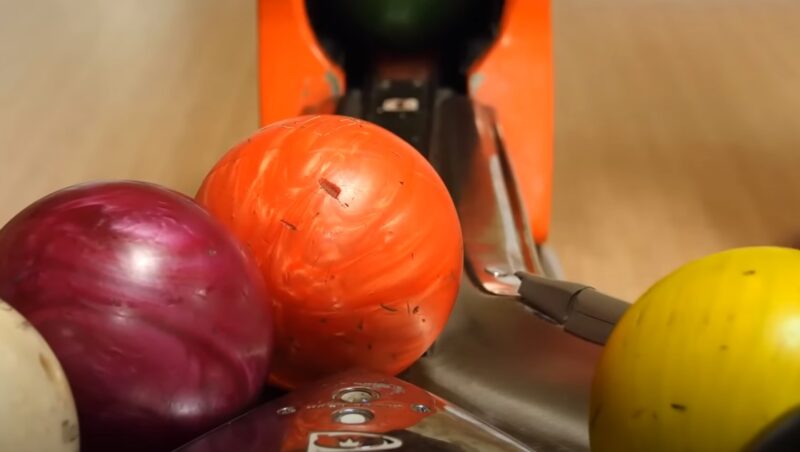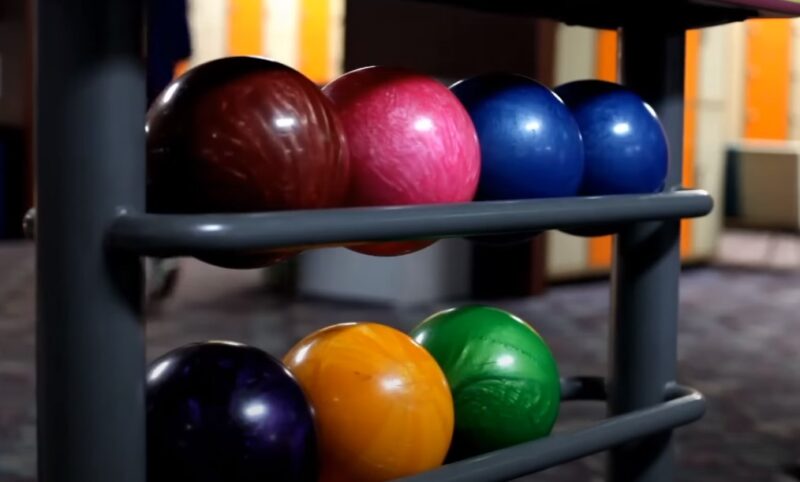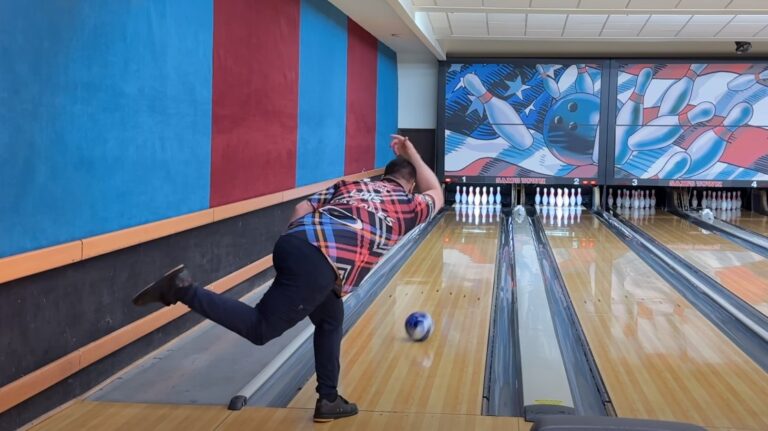So starting out bowling can feel kinda tricky, right? Like there’s some big secret that nobody’s telling you. But picking out your first bowling ball doesn’t have to be so confusing. It can actually be pretty fun and help you learn more about the game.
Today, I’m gonna tell you how I chose my first ball when I started. I’ll also share some helpful hints and things you gotta know along the way. That way, you can find the perfect ball to call your own. Sound good? Then, let’s get started!
Start with the Right Cover Stock

Cover stocks are basically the outer skin of the bowling ball, and they make a big difference in how your ball reacts on the lane. Here’s a quick rundown:
Polyester
If you’re just starting, you might want to lean towards polyester. It’s simple, goes straight, and doesn’t play tricks on you. Great for spare shots or if you like your game straightforward.
Urethane
This one steps up the game a bit. Urethane offers more hook potential than polyester, giving you a taste of curving your shots without too much unpredictability.
Reactive Resin
Now, if you’re feeling a bit adventurous and want to improve your hook potential, go for a reactive-resin cover stock. It’s a bit more of a commitment with a higher price tag starting around $100, but the performance leap is noticeable. If you’re serious about your bowling, this would be the bowling ball to go for.
How Heavy Should Your Bowling Ball Be?
Choosing the right weight is super important. It’s like Goldilocks and the Three Bears—you need one that’s just right. Here’s what worked for me:
- Ball Weight Guidelines: The rule of thumb is to pick a ball that’s roughly 10% of your body weight, with a max of 16 pounds. However, comfort is key, so see what works best when you actually hit the lanes.
Custom Drilling
Now, this might sound extra, but getting your ball custom-drilled to fit your hand can really help you step up your game. It might cost a bit more, but here’s why I believe it’s worth every penny:
- Better Control and Comfort: A ball that fits your hand like a glove means you’re in control and less likely to strain something while you throw.
- Enhanced Performance: When that ball feels right, your throws improve. It’s that simple.
Grip Matters

The way you hold your ball can define your entire game. Here are the types of grips you should know about and consider during your purchase:
1. Conventional Grip
Think of your grandma’s bowling style—fingers up to the second knuckle. It’s stable, easy, and great for straight shots.
2. Fingertip Grip
For those looking to hook, this grip has your fingers in up to the first knuckle. It offers more spin and a bit more thrill.
3. Two Hand Grip
Popularized by the pros, this grip uses both hands and is all about control and power.
What’s Inside Counts Too
The core of your bowling ball can affect how it moves down the lane. Essentially, it’s what’s inside your ball, so it’s really important. You can choose between:
- Symmetrical Cores: These are your straightforward, no-surprises cores. Great for consistent performance.
- Asymmetrical Cores: If you’ve got a need for speed (and spin), these might be up your alley. They’re designed for dynamic reactions.
- Pancake Cores: These are mostly found in spare balls, and they’re all about stability and consistency.
Meeting the Standards & USBC Approval

It’s important to pick a bowling ball that’s approved. The USBC is the group that makes sure balls are of good quality and follow the rules. Their stamp means the ball is made well, and you can use it in real games.
Don’t want to show up with a ball that’s not allowed! The USBC also checks that balls roll right and don’t have funny designs that could cause problems. Essentially, their approval means your ball is legit.
Budgeting for Your Bowling Ball
Let’s talk numbers:
- Plastic Balls: These are your budget-friendly options, often under $50.
- Reactive-Resin Balls: Starting at about $100, these are more of an investment but well worth it for the performance boost.
My Personal Experience and Tips
When I went ball shopping, I started with a polyester ball. It was pretty cheap and perfect for getting the basics down without breaking the bank. As time passed and I got more comfortable, I upgraded to a reactive-resin ball, and boy, could I see what the fuss was about! The hooks, the control—it was like unlocking a new level in my game. Here’s a quick checklist for when you’re ready to pick your own:
- Start Simple: Don’t go all out with the most advanced ball. Grow your skills with your equipment.
- Get Fitted: Seriously, custom drilling might seem like a luxury, but it’s worth it.
- Test Different Weights: What feels good in theory might not feel great in practice. Give a few different weights a try.
Closing Thoughts
Picking your first bowling ball is your first step into a larger world of strikes, spares, and splits. It’s about finding the right balance between comfort, cost, and capabilities.
So take these tips, hit your local bowling shop, and find that perfect ball to start your bowling career. Keep in mind that it’s all about having fun and knocking down those pins one throw at a time!







